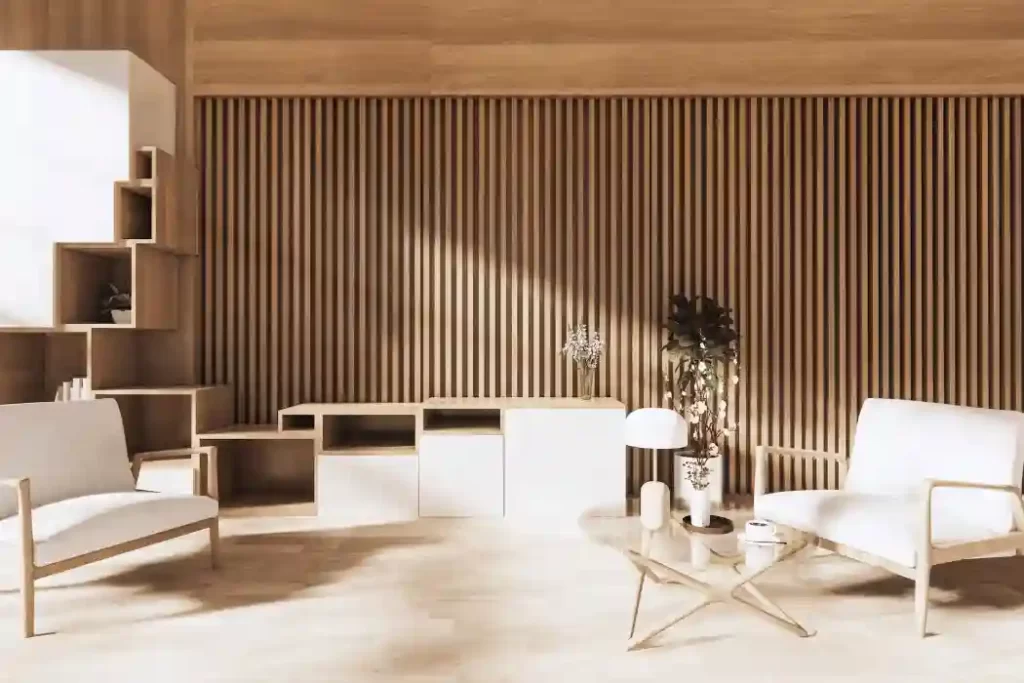The art of interior design allows us to create living spaces that reflect our personalities and bring comfort to our lives. When it comes to designing our homes, there are numerous styles to choose from, each with its own unique aesthetic and charm. Traditional and modern interior design styles are two popular choices that can be combined to create a stunning and harmonious space. In this article, we will explore the process of blending these styles to achieve a perfect balance between the old and the new.
In the world of interior design, the traditional style embodies elegance, warmth, and a sense of timeless beauty. On the other hand, the modern style embraces simplicity, sleekness, and a focus on functionality. While these styles may seem contradictory at first, combining them can result in a captivating design that marries the best of both worlds.
Understanding Traditional Interior Design
Traditional interior design draws inspiration from classical European styles, such as Victorian, Georgian, or French Country. It emphasizes ornate details, rich textures, and refined furnishings. The color palette often includes warm tones, such as gold, deep reds, and earthy hues. Traditional spaces are characterized by symmetry and a sense of formality.
Exploring Modern Interior Design
In contrast to traditional design, modern interior design embraces minimalism, clean lines, and open spaces. It celebrates simplicity and functionality, with an emphasis on sleek surfaces and uncluttered environments. The color palette tends to be neutral, with pops of bold colors for contrast. Modern spaces often feature industrial materials, such as glass, metal, and concrete. Home renovation is an exciting opportunity to refresh and transform your living space.

The Art of Blending Styles
Blending traditional and modern design styles requires a thoughtful approach to ensure a cohesive and harmonious outcome. It’s important to strike the right balance between the two aesthetics, preserving the essence of each while creating a unified look. The key is to find common elements that can bridge the gap between the styles and create a sense of continuity throughout the space.
Choosing the Right Elements
To begin the blending process, start by selecting key elements from both styles that will serve as focal points in the room. For example, you can combine a traditional ornate chandelier with a sleek, modern dining table. By carefully choosing these elements, you can establish a visual connection between the different styles.
Harmonizing Color Schemes
Color plays a crucial role in interior design and can significantly impact the mood of a space. When blending traditional and modern styles, aim for a harmonious color scheme that complements both aesthetics. Consider using a neutral base color and adding pops of vibrant hues or metallic accents to create visual interest.
Combining Furniture and Décor
The furniture and decor pieces you choose are essential in achieving a balanced blend of styles. Introduce modern furniture with clean lines alongside traditional pieces with intricate detailing. Incorporate a mix of textures, such as plush fabrics and smooth surfaces, to add depth and contrast to the space.
Integrating Textures and Patterns
Textures and patterns can add visual intrigue and depth to a room. When blending traditional and modern styles, experiment with combining different textures, such as silk and leather, or patterns, such as floral and geometric. This juxtaposition of textures and patterns will create a dynamic and engaging environment.
Mixing Lighting and Ambiance
Lighting plays a crucial role in setting the mood and ambiance of a room. Blend traditional and modern lighting fixtures to create a captivating atmosphere. Combine a classic chandelier with contemporary track lighting or install sleek wall sconces alongside antique table lamps. The interplay between different lighting styles will enhance the overall design.
Creating Balance and Contrast
Achieving a harmonious blend of traditional and modern styles requires careful attention to balance and contrast. Balance the proportion and scale of furniture pieces to maintain visual equilibrium. Introduce contrasting elements, such as pairing a traditional fireplace with a minimalist, wall-mounted television. The interplay between these contrasting elements will create a visually captivating space.
Showcasing Personal Touches
Adding personal touches to your interior design is crucial to make it truly yours. Display cherished family heirlooms or incorporate artwork that reflects your personality and interests. By infusing personal touches, you create a sense of warmth and individuality within the blended space.
Incorporating Technology
Modern design often embraces technological advancements. To blend traditional and modern styles seamlessly, incorporate smart home technology discreetly. Install hidden speakers, motorized blinds, or a digital art display that can seamlessly integrate with the overall design while providing the convenience of modern living.
Seeking Professional Assistance
If blending traditional and modern styles seems daunting, consider seeking the expertise of an interior designer. A professional can help guide you through the process, offer creative solutions, and ensure a cohesive design that meets your vision and lifestyle.
Examples of Successful Blends
To inspire your design journey, here are a few examples of successful blends of traditional and modern styles:
- A traditional dining room with a modern glass-top table and contemporary artwork.
- A modern living room with a traditional Persian rug and antique accent chairs.
- A blended bedroom with a modern platform bed and a vintage-inspired vanity.
Conclusion
Blending traditional and modern interior design styles allows you to create a space that reflects your personal taste while embracing the best of both aesthetics. By carefully selecting elements, harmonizing colors, and creating balance, you can achieve a captivating blend that showcases the timeless and the contemporary. Let your creativity and individuality shine as you embark on this exciting design journey.

